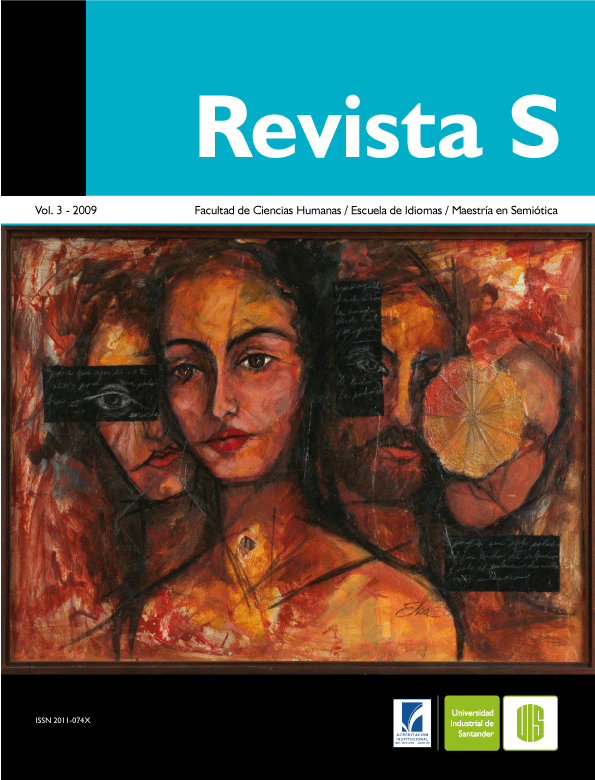Resumen
Este artículo presenta, en una aproximación semiótica e histórica, el proceso de construcción identitaria que se configura en los leprosarios de Colombia en el siglo XX, con la emisión y uso de la moneda nacional, a partir del decreto 377 de 1907 y el análisis de las prácticas de exclusión que promovieron la creación de estos lugares de reclusión. El trabajo concluye que la moneda, vista como esa materialidad, posee toda una serie de valores y que hay un acuerdo tácito en el que, quienes están sanos, dictan ciertas medidas, reglas y normas dirigidas a aquellos que se encuentran enfermos. Esto hace de esta práctica cultural una manifestación de un dispositivo de regulación que legitima un régimen de estabilidad, equilibrio y seguridad, amparado en un discurso de progreso que pretende impedir la degradación de la especie humana.
Palabras clave: Semiótica, historia, discurso, exclusión, moneda, enfermedad.
ABSTRACT
Setting identity of leprosy in Colombia through the use of money
This article presents, in a semiotics and historical approach, the process of construction of the identity that it is posible to shape in the Colombian leper colony of the XXth century with the issue and use of the national coin from the statutory order 377 of 1907 and at the same time, the analysis of these exclusion practices that promoted the emergence of these confinement places. It concludes that the coin, which it is seen as a material aspect, it has a series of values and that there is an unspoken agreement in which the people who are sane, they pronounce certain measures, rules and laws that are directed to people who are sick. As a result of that situation, this practice becomes a statement of a control mechanism that legitimize a régime which it has characteristics as stability, balance and security. It is protected in a progress speech that tries to prevent the degradation of the human race.
Key words: Semiotics, history, discourse, exclusion, coin, illness.
